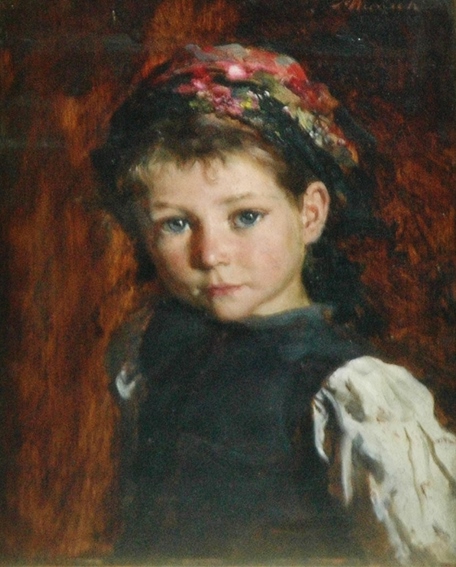HARRY OAKMAN WAS HERE
/Cordova Road at Beaver Creek by H. Oakman
A pioneer in Canadian commercial aviation and one of the country’s most noteworthy aerial photographers, Harry Oakman, owner of the Peterborough Post Card Co., worked nationwide often taking aerial and motel images, during the 1940s-1960s. His cards are often distinguished by an Oakman logo bearing the image of an airplane at bottom right. Thanks to Ron Barrons, we have a few Oakman postcards in our collection.
Mr. Oakman founded the Peterborough Municipal Airport, which grew from a 1950s airstrip which he built on farmland, purchased just south of Peterborough. His postcard company produced approx. 200 million postcards. For his pioneer aviation efforts and Canadian tourism promotion via postcards, the Peterborough airport terminal was renamed as the “Harry Oakman Building” in 1999.
Oakman used custom-made cameras he designed which allowed him to fly and take photographs simultaneously. In the 1960s, he was commissioned by Brewer’s Retail to photograph every Ontario city and town which had a “Beer Store”; to this day, many framed, poster-sized prints from this series decorate “Beer Stores.” He was featured in a 1994 issue of Kegs and Cases, the Brewer’s Retail magazine.
Marmora’s beer store had such a photo which has disappeared. Any idea of its whereabouts?
Oakman was also a Canadian boat racing champion and a tool and die maker. His photographic collection, purchased by an Oshawa cartography company, Map Art Corporation, is one of the largest of its kind in the world.
Information from Vintagepostcards.org
A rare H. Oakman postcard taken at ground level
round Lake, Harts Lodge, a H. R. Oakman post card..jpg
the homestead of George Barrons,
where he and Lena (Steenburgh) raised their seven children and where Charlie
Barrons and Freda (Ellis) raised their four children. That's Belmont Lake in
the background.
Probably a H. Oakman postcard
Here is a second view looking north showing in the background the farms of Robert Kennedy, Charlie Barrons on the left in Belmont Township, Peterborough County and Bob Wiggins, John McGregor and George McGregor on the right in Marmora Township, Hastings County on the right.
Ron Barrons writes: Oakman also photographed many farms in the area including this of my father's farm on Vansickle Rd. It would be nice to see others from the area.
Deer Lake, now Cordova Lake., and dam
Marmora Village looking north
Havelock
Marmora Village looking west, with crowe Lake
Al Danford wrote: The grist mill and several commercial blocks that burned are in the picture!
From Brian Bronson: Nice picture of my Dad’s garage across from the ole bake shop. Hulin’s Garage and Farm Supply as it was called. Now a vacant lot owned by Ron Moffat. Across from the grist mill was a car repair shop run by a man by the name of Trigger (Percy) Gunn The Gunn family were from Hazzard’s Corners.. At bottom left hand corner of picture is Kelly Mulrooney’s old barn that Mr. Danford used to fill with sawdust every fall. Kelly would get us kids to maul the sawdust away from the elevator. That’s what Kelly used to heat the blacksmith shop all winter. Glen Briggs made the ole shop into a residence, Don’t know who owns it now. My great Uncle Wes Hulin sold Kelly that lot., approx in 1933.























































